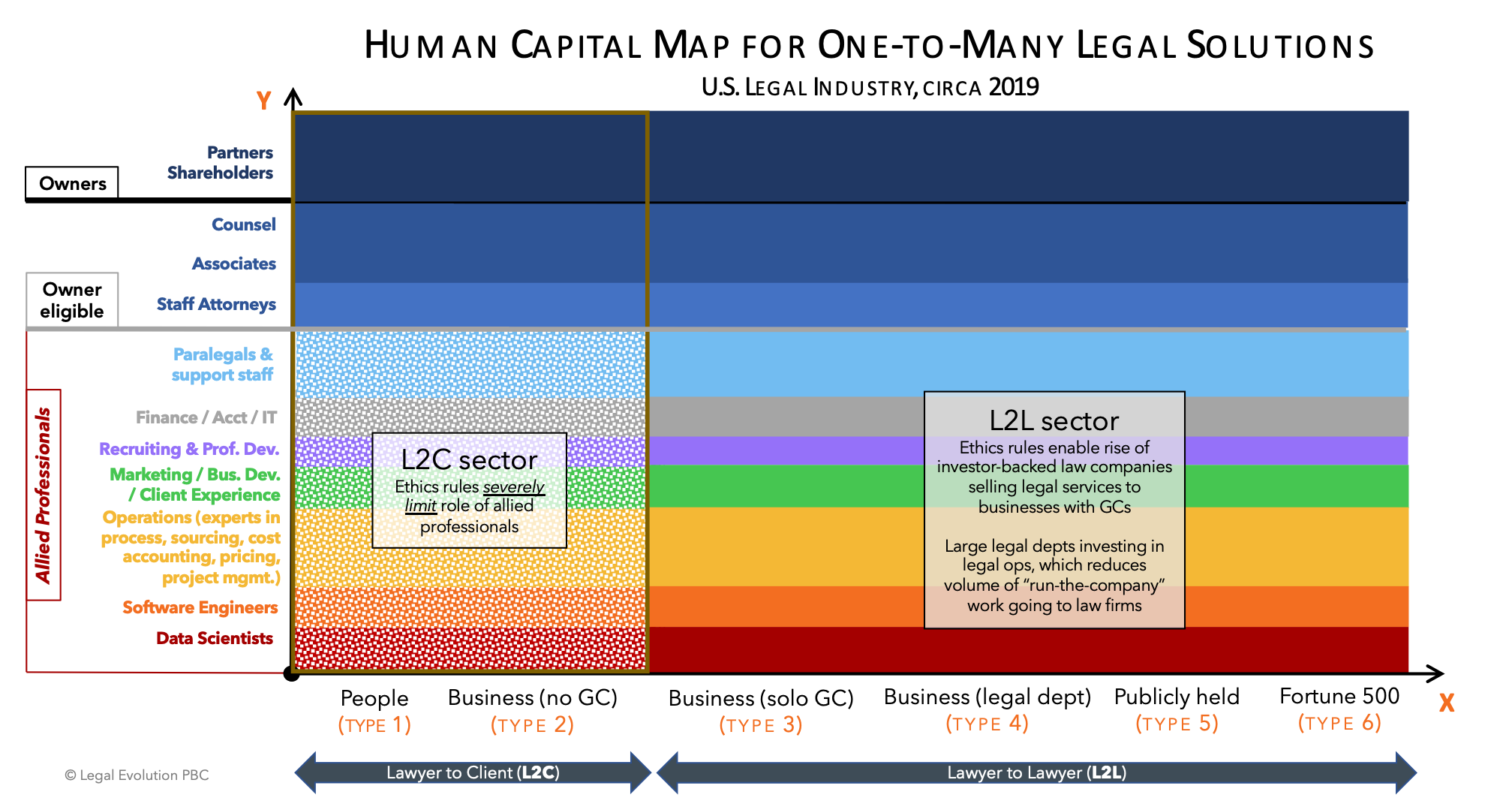Probably not, but we’ll see. A surprising conversation with digital transformation expert Isabel Parker
It’s already been quite a year for law firm innovation. Just last month, Norton Rose Fulbright launched LX Studio, a new “innovation-focused” subsidiary, and Wilson Sonsini unveiled Neuron, a proprietary SaaS platform for start-ups. Exciting propositions, but the development that had the NewLaw cognoscenti scratching their heads was ‘white shoe’ firm Cleary Gottlieb launching of ClearyX, which the firm describes as a “platform for highly efficient, AI and data-driven legal services.”
What’s driving these unveilings? And, are these new platforms worthwhile?
Continue Reading Q: The first “White Shoe” law firm launched an innovation subsidiary. Does that matter? (315)






